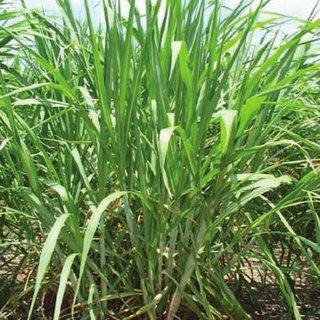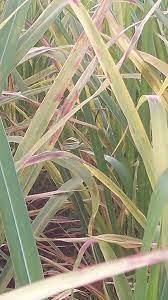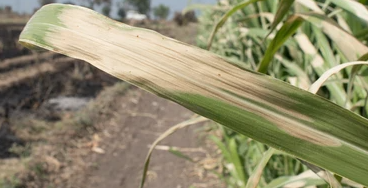Napier Grass (Elephant Grass) Plant
Napier Grass (Pennisetum purpureum) grows rapidly to 16 ft, prefers loamy soil, full sun, high moisture, and is edible but not medicinal.

Habit
Grass
Height
2-3 m
Growth
Fast
Soil
Well-drained, loamy
Shade
Full
Moisture
High
Edible
Yes
Medicinal
No
Origin
Africa, Southeast Asia
Climatic Condition
Tropical, Subtropical
Temperature (°)
25-35°C
Humidity (%)
60-80%
Potting media
Loamy, peat
Fertilizers
Organic, balanced NPK
Watering
Regular, moderate
Plant Weight
500-1000 g
Flowering Time
Summer, Fall
Soil Ph level
6.0 - 7.0
Water Ph level
6.0 - 7.5
Soil EC
1-2 dS/m
Yield Per Plant
Forage, Fodder
NPK ratio
20:10:10
life Span
Perennial
Health Benefits
High in fiber, livestock feed
Suggested Grow Media or Potting Mix ?
50% compost, 25% sand, 25% peat moss
Suggested Fertigation/Fertilizers
Fertilize every 2-3 weeks with balanced liquid fertilizer.
Common Diseases and Remedies
Smut, Rust, Leaf Spot, Brown Patch.
Black powdery masses on the grass, Orange or reddish pustules on leaves, Brown or black spots on leaves, Brown patches on grass.
Fungicides with mancozeb, Fungicides with propiconazole, Copper-based fungicides, Fungicides with azoxystrobin.
HEALTH BENEFITS
- High in fiber, supporting digestion in livestock.
- Used in soil conservation and erosion control.
- Potential medicinal uses include anti-inflammatory effects.

